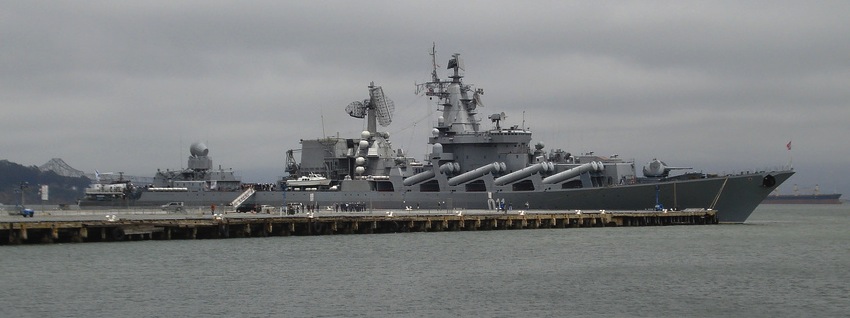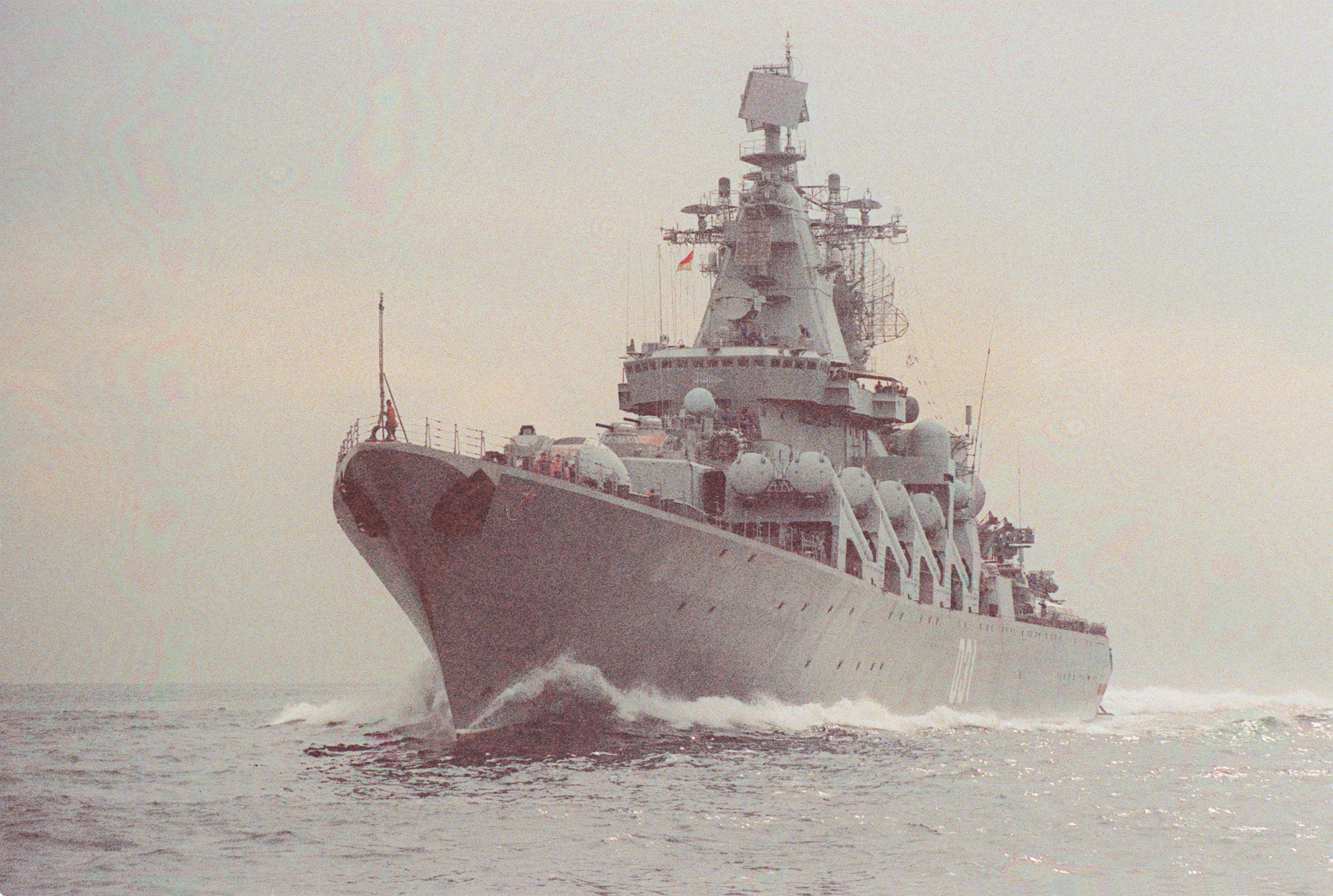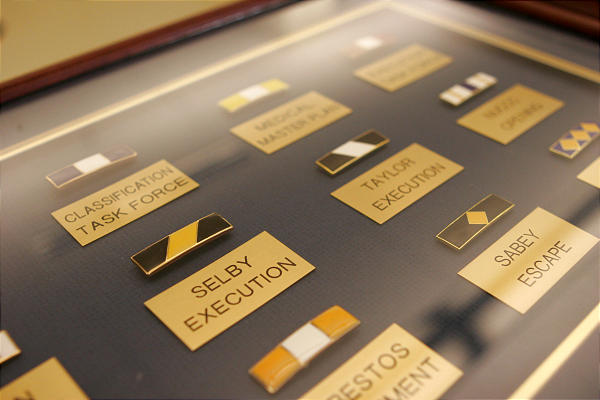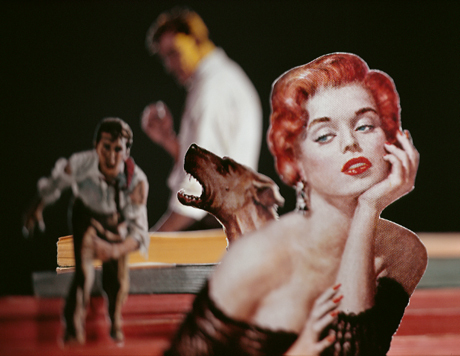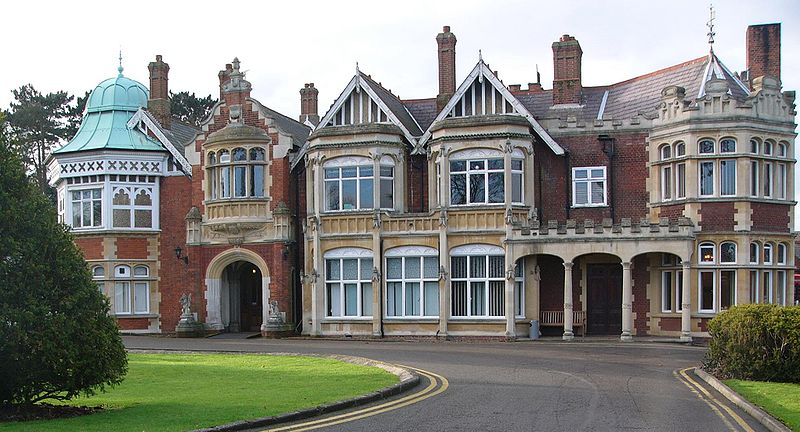MIT has published a paper entitled Programmable Matter by Folding (full article) that describes paper that can fold itself into a variety of shapes. The paper is covered by is divided into triangular sections that are joined by a network of thin nitinol actuators that contract under voltage. At the center of each section is a magnet that is used to retain the paper’s shape.
While I’m sure MIT had bigger plans for this tech (Well if it was the Media Lab, perhaps not.), I immediately thought that this was the perfect thing for synthetic plants. I’ve been thinking about how nitinol wires, or at least something like them, could deform a paper but thought that the being able to compresses only about 4% was a problem. When I first saw this video, I thought they were using something else besides nitinol, but they’re not. The trick they they used to get 180 degree bending is folding and annealing the 100μm foil so that the nitinol will remember the folded shape. Once it cooled, the foil is manually flattened, and then reheating the foil with electrical current will cause it return to the folded shape.
Guess it’s time to get some nitinol sheets.
